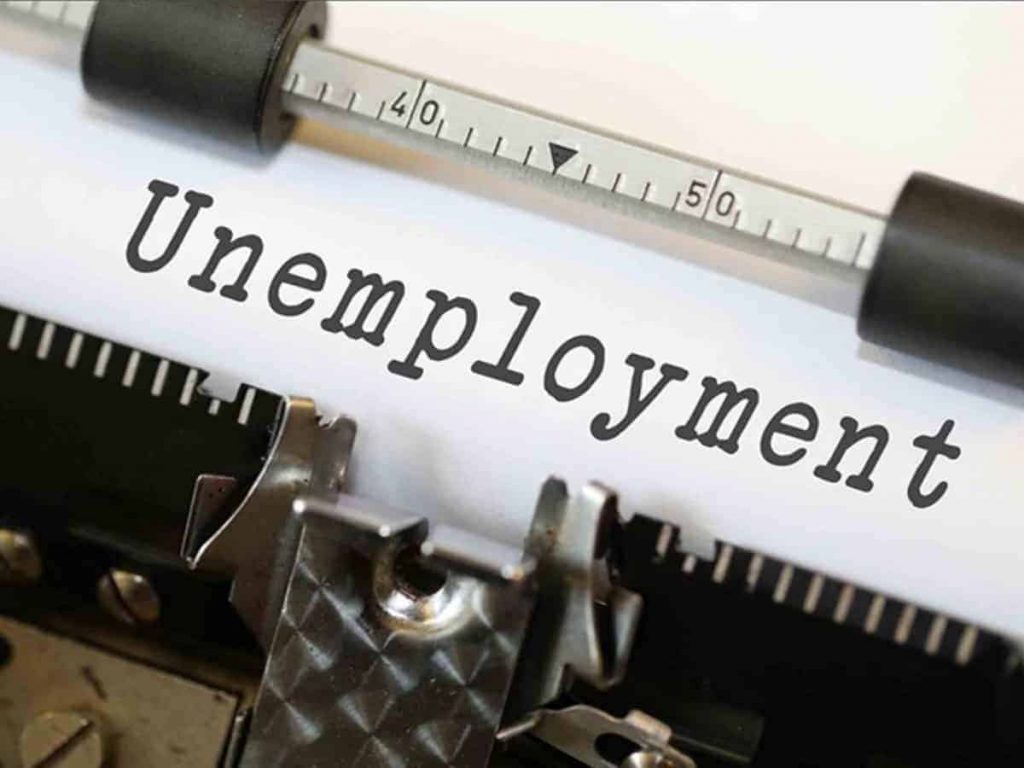Canberra: Australia’s unemployment rate has fallen for the ninth consecutive month amid Covid-19 lockdowns, according to labour force data released Thursday.
The data by the Australian Bureau of Statistics (ABS) revealed that the official unemployment rate was 4.6 per cent in July, down from 4.9 per cent in June, reports Xinhua news agency.
It is Australia’s lowest seasonally adjusted unemployment rate since December 2008.
However, Treasurer Josh Frydenberg said the figures were not “cause for celebration” with the majority of Australia’s population in the states of New South Wales (NSW), Victoria, Queensland and South Australia enduring lockdowns in July to prevent the spread of coronavirus.
As of Thursday, people in the capital cities of NSW, Victoria and the Australian Capital and Northern Territories remained in lockdown.
“Normally when the unemployment rate hit a 12-year low, it would be a cause for celebration,” Frydenberg told reporters.
“But not today. As millions of our fellow Australians are in lockdown, as lives have been lost, and as the economy has been hit hard.”
According to the ABS, the national labour force participation rate fell 0.2 percentage points to 66 per cent.
The total number of hours worked by Australians fell by 0.2 per cent nationally and by 7 per cent in NSW, the country’s biggest state.
“Hours worked data continues to provide the best indicator of the extent of labor market impacts from lockdowns,” Bjorn Jarvis, the head of labour statistics at the ABS, said.
“In New South Wales hours worked fell by 7.0 per cent in July, compared with a 0.9-per cent fall in employment. This highlights the extent to which people in New South Wales had reduced hours or no work through the early stages of the lockdown, without necessarily losing their jobs,” he said.
“Before the pandemic, people in New South Wales accounted for 31.8 per cent of national employment and Victorians accounted for 26.5 per cent. Large changes in these two states are important in understanding changes in the Australian labour market.”
